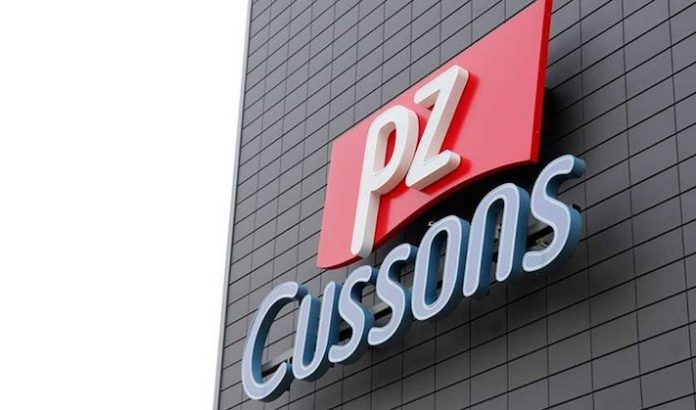The American steel industry provides a case study on the effects of price disclosure.
In a previous article “The Persuasive Power of Transparency”, we discussed the value of revealing costs for establishing trustworthiness in sales negotiations. While cost disclosure helped the few firms that tried it, we wondered what would happen if the practice suddenly became widespread. Would it cancel out the benefits for consumers and add to the costs of disclosing firms, at least in the B2B world, where prices of the counterparty are your costs?
Price opacity used to be the norm, but the arrival of the internet – with mass information sharing and price comparison sites – changed the consumer world for good. In the B2C world, consumers can find the cheapest deal with just web access and a bit of time. Although the B2B realm is somewhat more complicated due to the customised nature of the deals (see our article “Overcoming Price Suspicion in Negotiations”), there are plenty of examples of price disclosure in corporate transactions.
One such example was described by Thorsten Martin in his 2018 paper, “Real Effects of Price Transparency: Evidence from Steel Futures”. He analysed what happened when prices suddenly became transparent in the steel industry in 2008, after the introduction of steel futures on the New York Mercantile Exchange and the London Metal Exchange. Previously, steel consumers had to rely on delayed price indices. With the arrival of futures contracts, they could glimpse into real trading prices in a fraction of the waiting time.
Evidence from steel futures
As futures contracts are standardised and based on treated steel such as steel billets and hot-rolled coils, Martin was able to separate the effects of price disclosure on treated vs. control (other) steel. He examined several variables, including treated steel prices, producers’ surplus (a concept akin to profit margins) and their market share. Concerned that hedging, the economic recession, the standardisation of products and the resulting intensified competition could impact his analyses, Martin controlled for their possible effects.
The study revealed that the price transparency associated with steel futures reduced steel product prices by 9 percent and producer surplus by 5 to 9 percent. Furthermore, it increased the aggregate market share of low-cost producers by 20 percent and the aggregate producer productivity by 8 percent.
As demonstrated by this case study, price transparency can have plenty of benefits for customers and potentially for low-cost producers. Aside from cost reduction, price transparency allowed some customers to accelerate their businesses due to the more favourable business environment.
What does this mean for negotiators?
It is important to highlight that the steel industry deals with somewhat commoditised products. While low-cost steel producers saw their aggregate market share grow by 20 percent, industries in which players can differentiate themselves to justify higher prices may not see the same level of growth.
A purchase of steel products illustrates how most negotiations can narrowly focus on price, which often pushes sellers and buyers into a zero-sum mindset leading to suboptimal or failed deals. Moreover, as we argued in a prior article, negotiations should never come down to price. An overemphasis on price distracts parties from fully understanding the true essence of all parties’ interests.
Steel players still discuss price, but with very little wiggle room. The price information asymmetry enjoyed by steel producers a decade ago has all but disappeared. With the price variable now partially pre-negotiated based on legitimate futures prices, a negotiation becomes a more fertile ground for additional value discovery. The discussion can now widen and greatly increase the size of the negotiation pie.
Unilateral discounts are harder to obtain, but price reductions might be negotiated based on co-ownership structures, substantial quantity orders or other advantages that consumers can provide to suppliers. All players can focus on factors such as service level, flexibility, reliability, responsiveness, billing and delivery schedules, among others.
In an opaque pricing environment, sudden price increases often spur value-destroying behaviour. In contrast, transparent pricing becomes a conduit for better long-term relationships and value creation. When steel consumers negotiate a deal now, they are in a much better position than before the introduction of futures exchanges. Price information can potentially hurt producers who charge higher prices, but in the hands of a good negotiator, it can be a valuable tool to close better deals for all parties involved.
Watch out for the side effects of steel tariffs
Steel tariffs, like those proposed by the United States, may change the negotiation environment. Aside from the risk of a trade war, these tariffs may reduce price transparency as prices are more likely to be considered from a smaller pool of domestic and foreign producers excluded from the tariffs. As price transparency goes down, we should also expect lower overall U.S. steel productivity coupled with higher prices, negatively impacting steel-dependent U.S. industries. So, who really benefits from tariffs and non-transparent prices? The answer is unfortunately opaque. And opacity, as we have seen, does not bode well for negotiations.
Horacio Falcão is a Senior Affiliate Professor of Decision Sciences at INSEAD. He is also the programme director of Negotiation Dynamics, part of the school’s suite of Executive Development Programmes. He is the author of Value Negotiation: How to Finally Get the Win-Win Right.
Alena Komaromi (INSEAD MBA ’12D) is a financial services professional.









